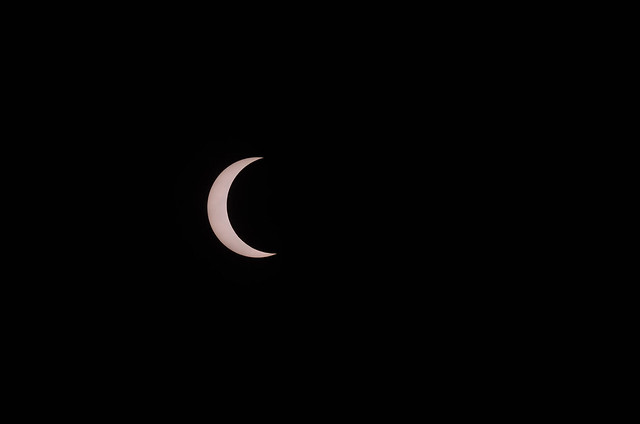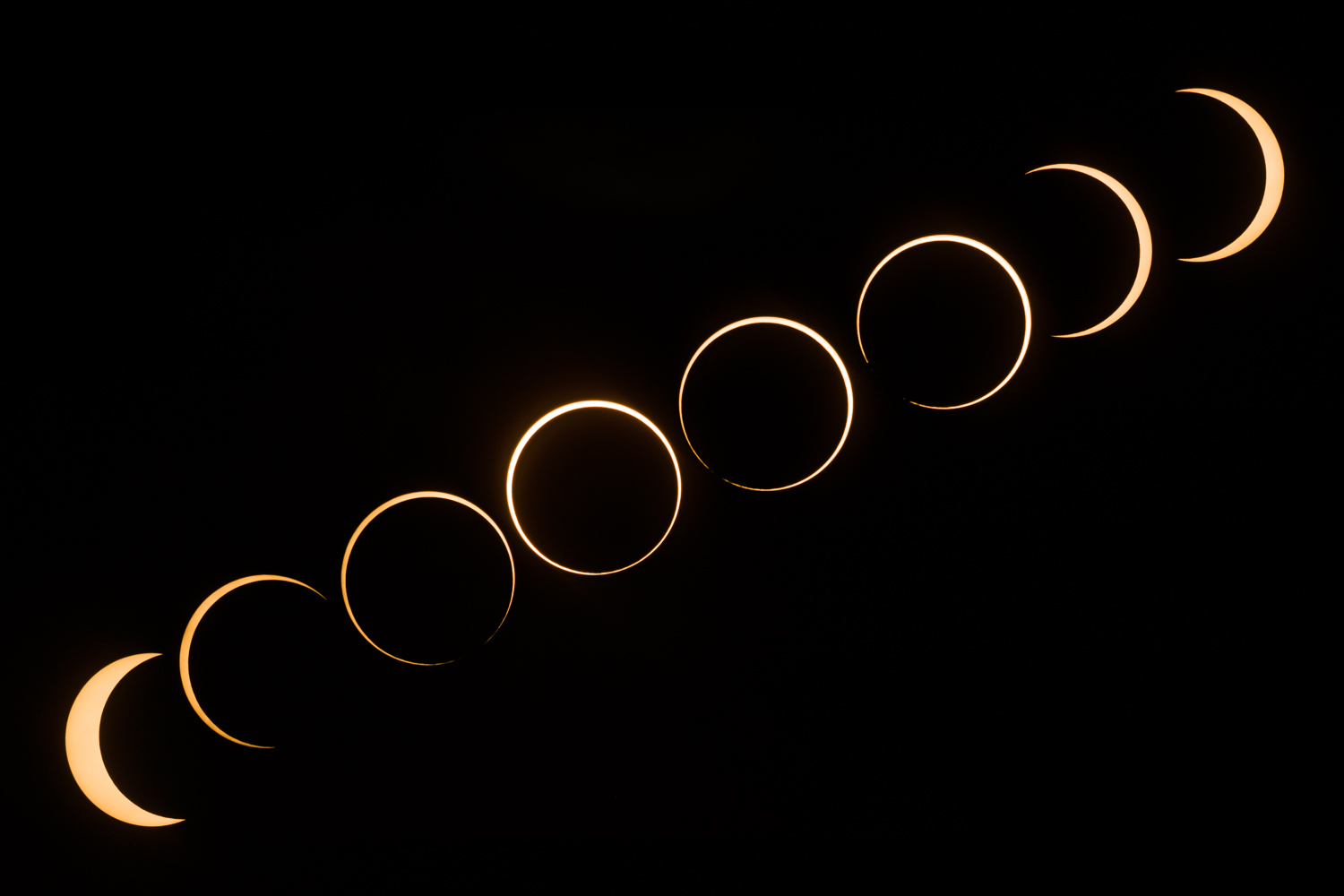On 26 Dec 2019, skywatchers in Singapore and some parts of Asia were treated to a rare phenomenon—an annular solar eclipse. Also known as the “ring of fire”, it occurs when the moon does not completely obscure the sun, letting a “ring” of light from the sun pass through to earth.
I last shot a partial solar eclipse back in 2016, and had looked forward to this event and hoped that the weather won’t ruin it. And it certainly didn’t disappoint today.
Together with my friend Wilson Wong, who also runs the Singapore Photo and Imaging Network (SPIN) Facebook group, and a few other photographers, we headed to Gardens by the Bay to shoot the eclipse. The idea is to also try to get shots with some sort of foreground element in them.
I also rented a Nikkor AF-S 80-400mm f/4.5-5.6G VR II, and also bought a solar filter. Originally I had wanted to shoot with my old Nikon V1, which will give me a nice 2.7x crop factor for a total equivalent focal length of 1080mm, but alas, the FT-1 adapter I had failed. So I had to stick to the 1.5x crop factor of my D7000. I also brought along my Fujifilm X-T2 and a 10-24mm lens to capture some wider shots.

My solar filter, which is made of a mylar film, renders the sun as white, which is, to my understanding, the “real” colour. I have warmed it up slightly in my shots.
Interesting things of an eclipse don’t always happen in the skies. I know from reading and from posts of the last eclipse that the sunlight passing through leaves will cast crescent-shaped projections on the ground, so I took a couple of shots of them using my phone.

Before long, we have totality at about 1:22pm. The long-awaited “ring of fire”.

Here’s a wider shot from the Fujifilm X-T2, showing the environment.

Interestingly, the intermittent cloud cover, combined with the reduced intensity of the sun at near-totality, you can even shoot it with a mobile phone if you time it right. No solar filters needed!

Just as the moon leaves the sun’s, a phenomenon known as “Baily’s Beads” can be seen. This is caused by the uneven surface of the moon causing “beads” of sunlight to pass in some places but not others.

The next annular solar eclipse will occur 44 years later in 2063, so I’m glad I caught this one!
